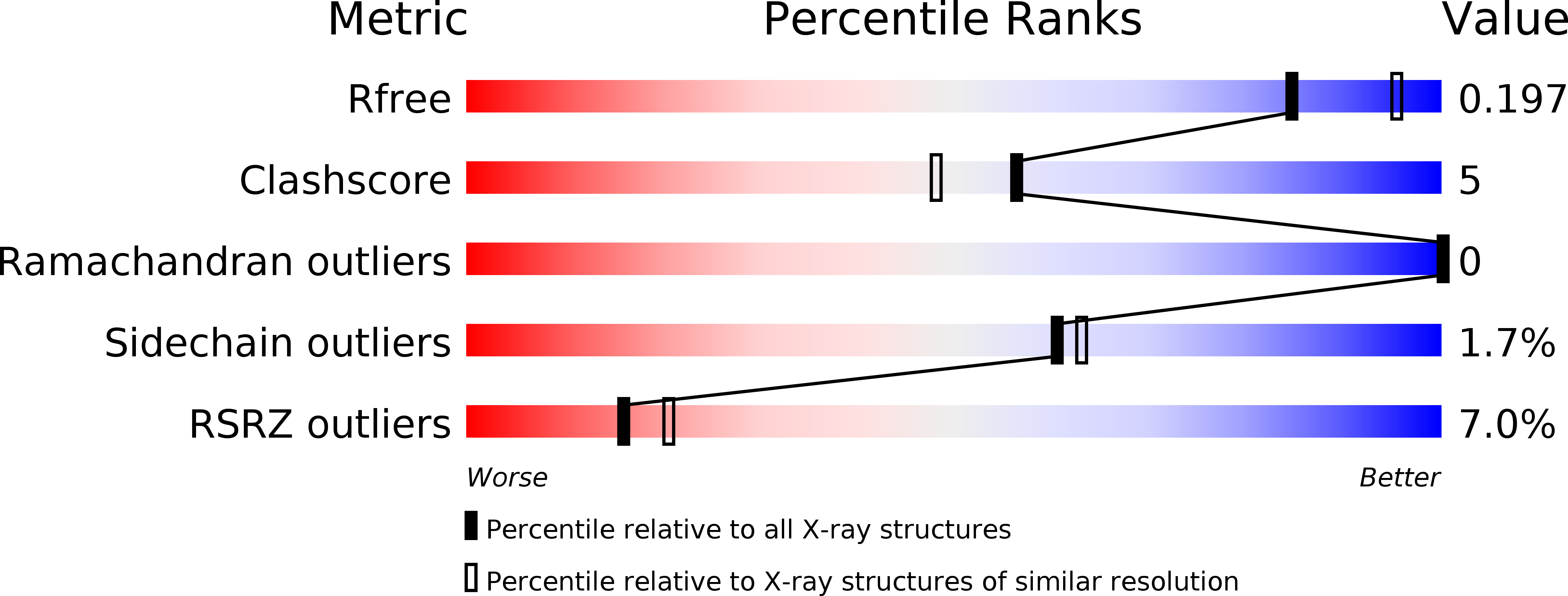
Deposition Date
2014-06-11
Release Date
2014-11-12
Last Version Date
2023-11-15
Entry Detail
PDB ID:
4TQD
Keywords:
Title:
Crystal Structure of the C-terminal domain of IFRS bound with 3-iodo-L-Phe and ATP
Biological Source:
Source Organism:
Methanosarcina mazei (Taxon ID: 192952)
Host Organism:
Method Details:
Experimental Method:
Resolution:
2.14 Å
R-Value Free:
0.19
R-Value Work:
0.15
R-Value Observed:
0.15
Space Group:
P 64


